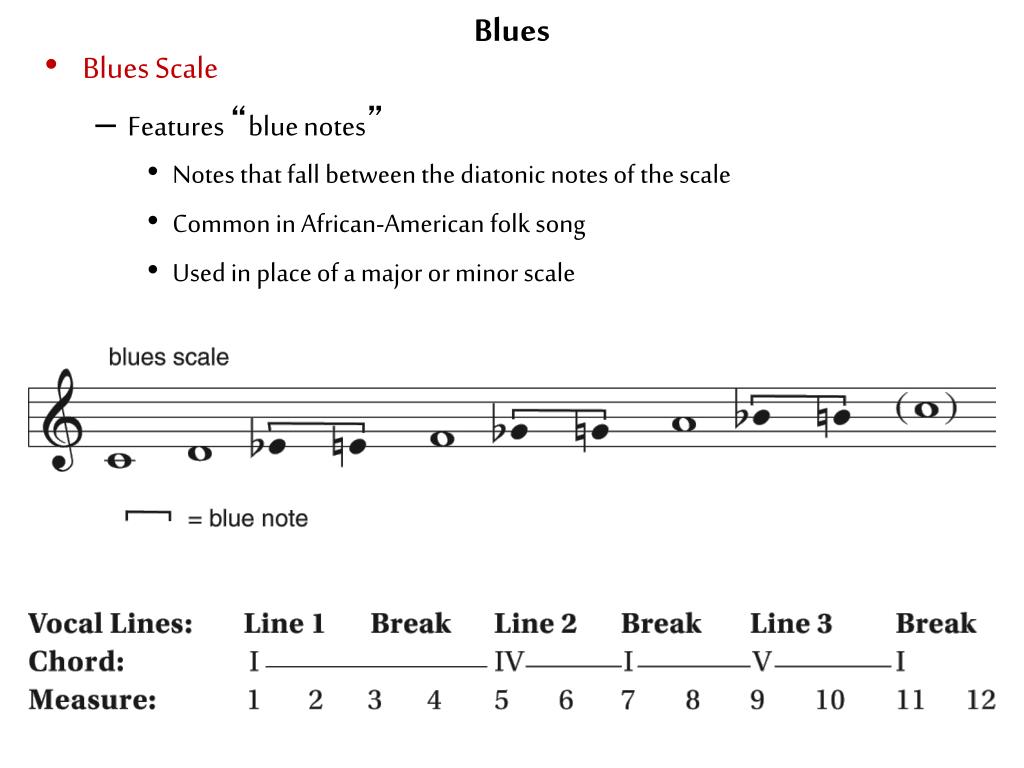
Presently, blues can be categorised into four groups, namely the Chicago blues, Delta blues, Texas blues, and finally the Blue rocks. Many believed the songsters were the link between the earlier music that was played by the slaves and blues. However, a compilation of music researched and written by Howard Odum, classified blues into three categories using the people who sang them.įor example, there was the songster, who he classified as a blues musician, the musicianer who had basic experience of musical instruments, and lastly the musician physicianer, who he categorised as travelling blues singers. Types of bluesĪs a result of lack of interest in black music during the late 19th century, there is no evidence of any recording that was done during this period hence, a lot is still unknown about the kind of music, which was actually played before the 1920s. Slaves who chose the travelling minstrel got a chance of dancing the whole night, and singing various blues, which were melodic (Weissman 19-31).

In most cases, it is believed that, blues played a role in enlightening slaves about their rights and the kind of suffering and life experiences that they had to endure for them to succeed. This period was referred as the repressive period since after the civil war, slave trade was abolished and some African-Americans were given the opportunity of owning land under certain conditions. For example, slaves started singing secular songs like the holler, work groups, and the ring’s shouts (Weissman 11).Īs research studies show, the first true recording of blues was done in the 1920s, and it is thought to have originated from the period slightly after the Civil War of between 1890 and1920. As time went by, other forms of songs emerged in plantations where the slaves worked. Some of these songs incorporated the plight of slavery and others went as far as informing slaves how they could escape from the plantations. Although most of the songs that were published had religious themes, majority of them had hidden meanings hence, in most cases, they were interpreted wrongly by people who were not slaves. As a result of the fame that this kind of music received with time, in 1867, the first set of the slaves’ songs was published. This kind of music was the first to be accepted in the United States by African-Americans (Weissman 10).
BESSIE SMITH LOST YOUR HEAD BLUES INSTRUMENTS FREE
History of Bluesĭuring the slave trade period, slaves were encouraged to attend church whereby, the experiences they went through, which included the prospects of leaving bondage and being free was always in their minds, leading to the creation of a kind of music that was commonly referred to as African-American spiritual. Therefore, from research all that is clearly known is that, whenever new slaves were brought to America, they always had an influence on the already existing slaves who had developed a kind of musical fusion. As research findings show, slaves actually played the banjo as early as 1690, a norm that became more pronounced in the 18 th century (Weissman 6-10 and Oring 224-233).Īlthough all these is known, sometimes attempting to pinpoint the exact time when blues as a genre of music was started in the world is a difficult task, because there are chances that this kind of music was enjoyed in other communities before the slave trade period.

However, there are instances when slaves played the banjo and the fiddle in the 18 th century. During the slave trade period, playing of drums by slaves was not allowed by their masters.

Since these slaves were not allowed to bring musical instruments from Africa, the kind of music they sung was purely vocal.


 0 kommentar(er)
0 kommentar(er)
